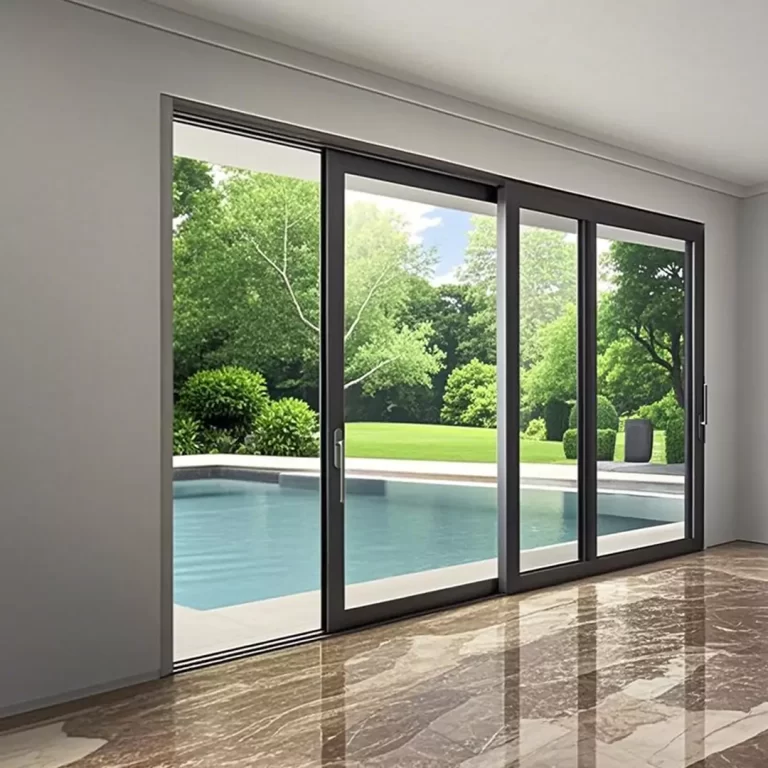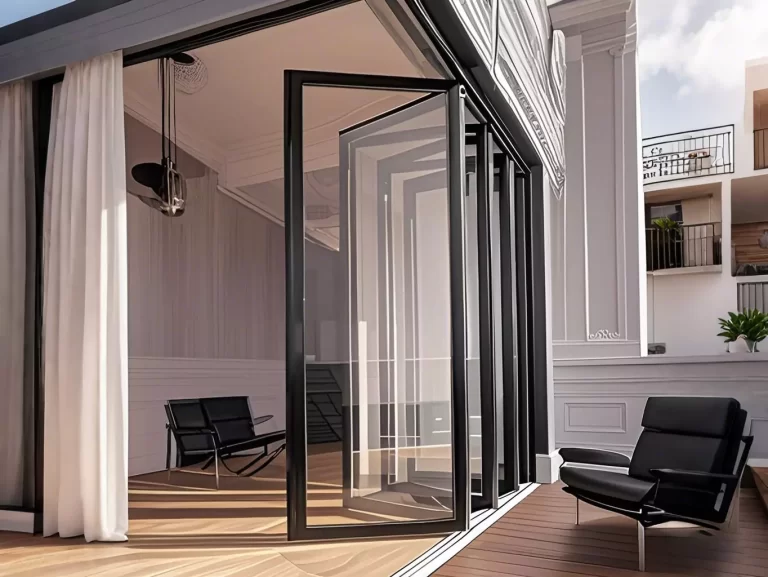At the identical time as vinyl is currently the cloth of preference for domestic windows and doors, this style represents a cutting-edge shift. traditionally, aluminum has been a preferred possibility, and its reputation is all yet again on the rise, with massive use in residential, multi-family, and industrial houses. whether or not or no longer or not engaged in new introduction or protection, the selection of shade and finishes for aluminum home home domestic home windows and doors is pivotal, notably influencing the classy individual and identity of your private home. With the right facts, you can make a discerning preference that aligns with your private home’s architectural layout, complements its surroundings, and shows your person style.This newsletter objectives to offer an cause of the impact of colour on your home’s aesthetics and offer steerage on deciding on the suitable hue in your aluminum home home home windows and doors.
Statistics Aluminum Window and Door Finishes
Aluminum domestic domestic windows are to be had an intensive array of colors. The transformation of aluminum into those various finishes entails three vital techniques: Powder Coating, Fluorocarbon Coating (PVDF), and Anodizing. each method imparts extraordinary attributes to the aluminum, affecting its look and sturdiness.
Powder Coating: This technique entails utilizing a dry powder to the aluminum floor, it truly is then heated to shape a non-save you, defensive layer. Powder coating is extensively diagnosed for its huge spectrum of colours and finishes, along with metal and textured outcomes. It offers immoderate-high-first-rate sturdiness, coloration consistency, and simplicity of safety, ma
king it a preferred desire for aluminum extrusions. irrespective of its susceptibility to fading in assessment to anodized or PVDF finishes, powder coating offers warranties for fade resistance and permits trustworthy protection.
Fluorocarbon Coating (PVDF): Polyvinylidene fluoride (PVDF) coatings are resin-primarily based and embody shade pigments to supply a big shape of matte finishes. renowned for his or her advanced resistance to environmental factors at the side of daylight hours, moisture, and temperature fluctuations, PVDF coatings are part of the fluorocarbon plastic circle of relatives, diagnosed for his or her chemical and thermal stability. This permits a few PVDF coating versions to typically meet or surpass stringent necessities (like AAMA 2605) with minimal fading over extended durations of time. despite the fact that more than powder coating and anodizing, PVDF gives terrific safety and is in particular appropriate for areas with extreme daytime. but, it’s miles hundreds lots a good deal less proof towards scratches and is available especially in matte finishes.
Anodized give up: Anodizing includes an electrochemical system that creates a fairly ordered, nanoscale shape at the aluminum surface, resulting in a robust oxide layer. This method gives extremely good corrosion resistance and preserves the metal’s real appearance, mainly in colours like bronze. Anodized finishes are favored for their sturdiness and minimal safety necessities, in spite of the truth that they offer fewer color options and require particular cleansing protocols to keep their integrity.
Get an Thermal Break Aluminum Windows Quote For Your Home →
Distinguishing among Finishes
Mill forestall: The unrefined form of aluminum extrusions, called mill surrender, keeps the fabric’s herbal inclinations, together with flat surfaces with functionality oxidation spots and tooling marks. regardless of the fact that mill prevent may be used, it lacks protecting coatings, making it loads much less for packages wherein durability and aesthetics are essential.
Powder Coating vs. Anodizing: The primary difference amongst those finishes lies in safety. Anodized finishes are vulnerable to damage from alkaline cleaners, even as powder-protected surfaces are extra bendy in phrases of cleaner pH. furthermore, anodized finishes offer a reflective , on the same time as powder coatings usually gift a matte appearance.
PVDF vs. Powder Coatings: PVDF coatings utilize fluid paint and may be cured at room temperature, presenting advanced UV resistance however at a higher cost. Powder coatings, carried out electrostatically and requiring baking, are greater now not costly and available in a far broader shape of finishes and sunglasses. PVDF coatings, although greater pricey, provide superior protection in sun-soaking moist environments.
Sublimation finishing: For a wooden-grain impact on aluminum, sublimation includes moving dyes onto the aluminum floor to copy materials like timber, granite, or marble. This device, applied in severa purchaser products, consists of coating the extrusion with powder, wrapping it with a format-embedded bag, and baking it to replace the sample, resulting in a particularly long lasting and proper appearance.
Tips for coloration desire
on the identical time as selecting the correct shade in your aluminum home windows and doorways, keep in thoughts the following elements:
comparing the Architectural fashion of your own home: your home possesses a incredible architectural character, necessitating the choice of colours that harmonize with, in choice to oppose, this inherent style.
Assessing the out of doors: examine the shades present on your house’s outside. select out window and door sun shades that decorate the overall aesthetic of your house. the chosen coloration need to intensify the architectural factors of your home at the equal time as seamlessly integrating with the prevailing color scheme.
considering interior Aesthetics: reflect on how the colors of your windows and doorways will appear from internal your property. it’s far crucial to pick out sun sun sun shades that blend together together in conjunction with your interior decor and keep away from clashing together along with your modern-day-day colour palette.
Drawing belief from the environment: Take cues out of your surroundings. have a look at the natural solar shades to your landscape—together with the colours of wood, sky, or awesome large elements—to manual your shade alternatives.
Aligning with non-private choices: Your shade choice have to resonate collectively together with your tastes and evoke the preferred emotional response. deciding on colors that replicate your individuality will help in growing a living location that really appears like domestic.
looking for professional steerage: trying to find advice from a layout expert or window producer for expert pointers at the maximum appropriate shade alternatives to your particular dreams.
shade Matching guidelines: White can create an illusion of spaciousness and lightness, on the same time as black conveys a revel in of sophistication and beauty. however, word that white also can extra without issues show dust, at the identical time as black may additionally additionally moreover want to soak up more warmth, which can be tough in warmer climates.
dark or muted shades can aggregate the window frame with the glass, generating a easy, cohesive look. Conversely, slight sunglasses will intensify the window unit, growing a placing evaluation.
A dark window frame in opposition to a moderate facade can offer seen hobby and individual. clean finishes can also need to make a body seem darker and extra splendid, on the equal time as matte finishes offer a lighter, subtler effect.strong solar sun shades for window frames commonly art work even as balanced with a more subdued facade, ensuring a harmonious and visually attractive end result.
This guide is supposed that will help you in choosing the maximum appropriate shade on your aluminum domestic home windows and doorways. must you require further assist in selecting the best hue to your project, please do not hesitate to touch us.










